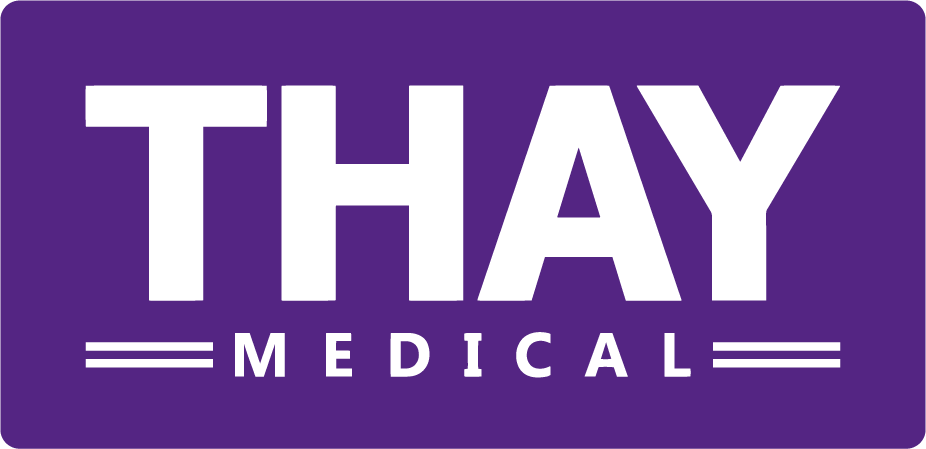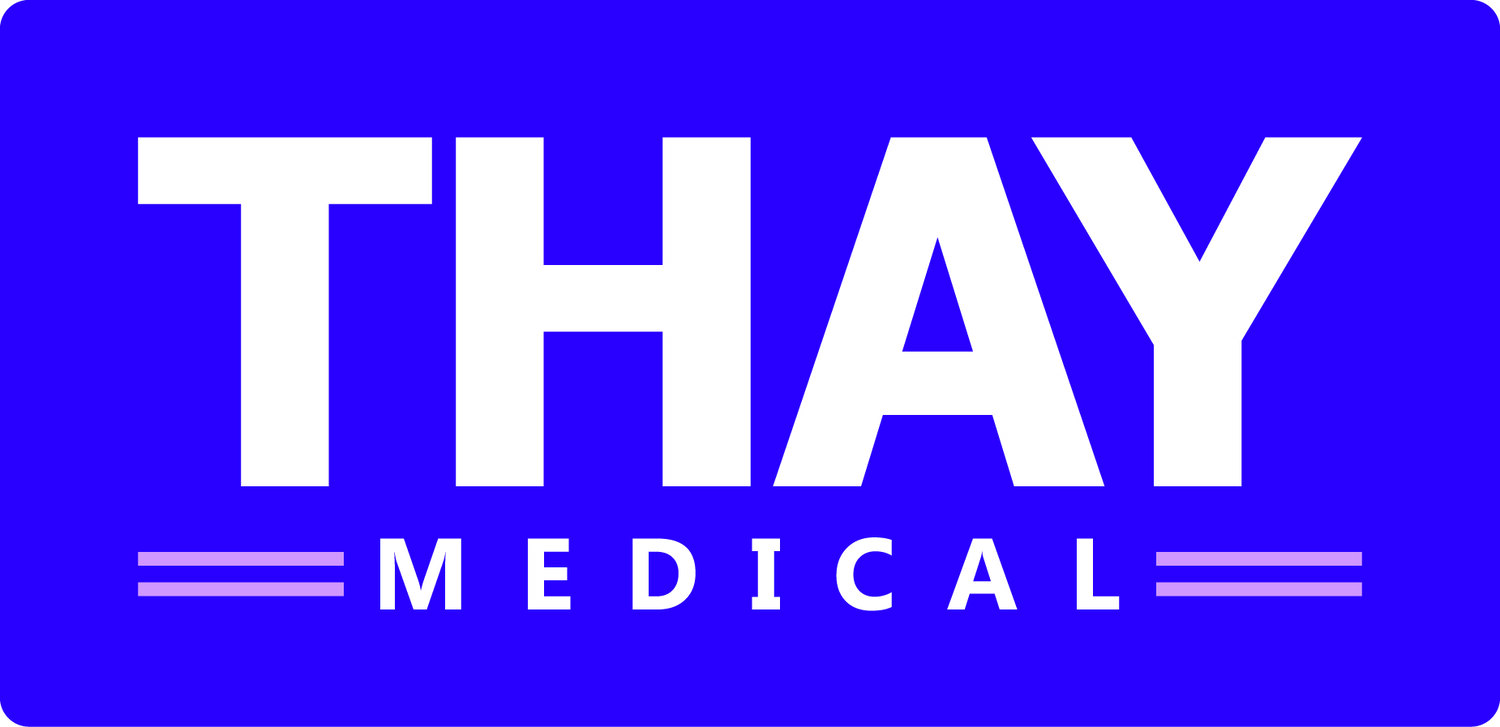Understanding Device Hazards

IEC 62366-1:2015 Understanding and identifying device hazards
When looking to apply Usability Engineering to medical devices, use safety is certainly the main consideration, and one that Human Factors Engineers should be focusing on. There are many factors that have a direct impact on safety and the identification of the use errors is perhaps one of the most important.Identifying use errors according to the usability engineering process in IEC 62366-1:2015 involves a number of steps, which for those who haven’t gone through the exercise before, can be quite confusing. The standard has plenty of terminology such as “Use error”, “Hazard”, “Hazardous Situations”, “Hazard Related Scenarios”, “Risks”, “Harm”, etc., and although there is a comprehensive glossary, it still leaves plenty of room for doubt.When first encountering them, some terms sounded similar and their high level description were initially unclear. For example, the distinction between a “Hazardous Situation” and a “Hazard Related Use Scenario” was somehow obscure, since situations and scenarios were just detailed explanations of a use error. I could not figure out why the standard appeared to be suggesting that information should be duplicated in different documents, at least without any apparent benefit.After reading the examples given in Table B.2 in Annex B, I started making some sense of the standard logics. The examples are divided in four columns – Hazard, Hazard-related Use Scenario, Harm and Use Interface Risk Control Measure. Each example gives detailed explanation of who, how, where and what happened that created a hazard and led to a harm. I also noticed that each example scenario had statements that were either underlined or italicised. After reading the footer of Table B.2 I finally understood the terms and how they connect to each other. What I understood is that the underlined part of the scenario represented a use error, and the italicised part a hazardous situation. This means that a scenario is a detailed explanation, which includes at least one hazardous situation and one use error (one leading to the other).By using this frame, the task of producing a comprehensive list of use errors (according to the IEC 62366-1:2015) became certainly easier. The list also serves as a “backbone” for the risk assessment document. Now the difficulty in producing such a list, is that it can be a daunting task. Having to think of everything that could possibly go wrong with a medical device requires a fair amount of negative imagination. However, negativity here serves to a very positive purpose.If you have any questions, please do not hesitate to contact THAY Medical. We would love to hear from you.The staff at THAY Medical

